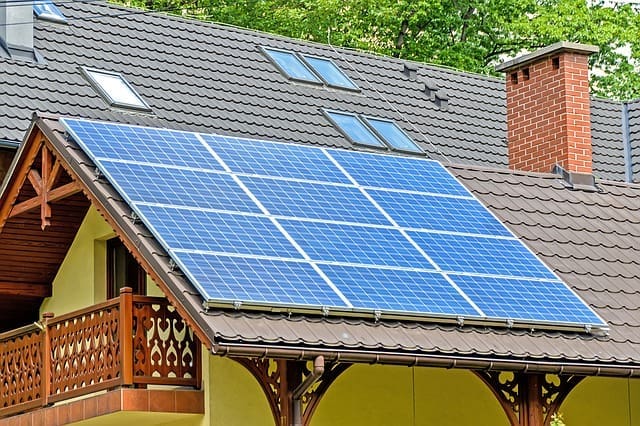
Texas law also stipulates that the HOA may designate where the solar device should be located on a roof, unless a homeowner can show that the designation negatively impacts the performance of the solar energy device and an alternative location would increase production by more than 10%. To show this, the law requires that modeling tools provided by the National Renewable Energy Laboratory (NREL) be used. While not specified by name in the law, one of NREL’s available tools that could accomplish this is called PVWatts Calculator.
Property Owners’ Associations (HOAs, also known as Homeowner Owners’ Associations) may not include or enforce provisions of their regulations, covenants, or by-laws that prohibit or restrict homeowners from installing a solar energy device. While in theory, this law protects homeowners’ right to go solar, there are several caveats and exceptions. These allow HOAs to maintain authority in certain instances. Allowing the enforcement of provisions that could prohibit or regulate the solar energy devices in certain situations.
HOA’s Rights vs Homeowner’s Rights
This is where things get controversial as the question remains: should an HOA have the right to limit a homeowner’s ability to go solar? While the law seems to provide protections against HOA interference, we cannot ignore the previously mentioned caveats and exceptions. If a home owner cannot prove that the negative impact of the HOA’s interference, then the homeowner has no recourse.
Then there is the case of the arbitrary 10%. Who is to say what a “significant” impact on performance is? How exactly did law makers come up with this 10%? Who is to say that a 9% decrease in performance isn’t enough to cause problems for the consumer?
In June of 2015, SB 1626 became law. It provides that, during the development period, the developer may only prohibit a property owner from installing solar in developments with 50 or fewer units. Prior to the law, Developers could block residents from installing solar if the neighborhood was still in the development phase.
For more information see details:
